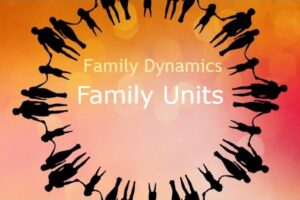Singing bowls, traditionally associated with Tibetan culture, have long been revered for their soothing tones and meditative properties. Contrary to the widespread belief that they are made of seven metals, the majority of these bowls are crafted from a specific bronze alloy consisting of copper and tin. This alloy, when created by smelting these metals together, results in a material that boasts a hardness surpassing that of iron and exhibits superior resistance to corrosion. This particular mix, typically in the ratio of about 80% copper to 20% tin, is known as bell metal, aptly named for its historical use in crafting bells due to its durability and the rich, resonant sound quality it produces.

The choice of bell metal for singing bowls is no coincidence. The acoustic properties of this alloy are exceptional, providing a range of harmonious overtones when the bowls are played. This is achieved by running a mallet around the rim of the bowl, which causes it to vibrate and emit sound. The specific composition of bell metal is crucial for these instruments as it directly influences the timbre and intensity of the sound waves produced. The high copper content lends the bowls their characteristic warm, deep tones, while the presence of tin ensures clarity and longevity of the sound, allowing the vibrations to resonate for minutes after being played.
The process of crafting these singing bowls is as much an art as it is a science, requiring skilled artisans who understand the nuances of the material and the precise techniques needed to shape it. The creation of a singing bowl involves careful control over the alloy’s temperature and composition, as well as the physical manipulation of the metal to achieve the desired shape and sound quality. This intricate blend of craftsmanship and material science highlights the cultural and spiritual significance of singing bowls, making them not just musical instruments, but also objects of meditation and healing.



